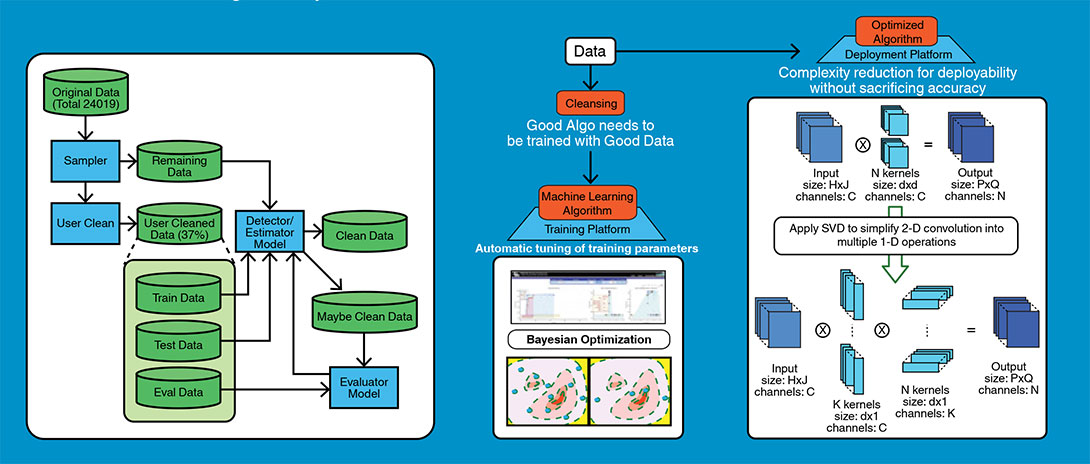
Human Language Technologies
Crossroads of Communication
Deep Learning has become a state-of-the-art study within Panasonic R&D Center Singapore that explores the machine adoption of written and spoken speech patterns by people.
The key to processing language and linguistics on a cognitive AI level is extracting key information from raw texts or sentences used commonly in conversations. The inductive mapping of keywords and questions to responses enables machines to use deductive analysis to predict the patterns of verbal communications.
From Human Speak to Machine Translation
Syntax
Semantics
Sentiments
Meanings
This opens up many avenues to develop machine assisted communication, automatic filters and linguistic cybernetics.
- Based on analysing human communication, machines will be able to recommend corresponding words and terms. For example, “King” and “Queen” may correspond with “Boy” and “Girl”

- Processing and Generation of English and Chinese sentences using different Deep Learning architectures – Deep Convolutional Neural Network, Deep Recurrent Neural Network, Long-Term-Short-Term Memory, Generative Adversarial Network, etc.
- Semantic processing at the word/phrase level (conversion of raw texts to structured data)
- Semantic processing at the sentence level by representing sentences as sentence vectors for classification – Emotion/Sentiment/Cyberbullying assessment, etc.
- Applications to other domains such as store-2-vector for convenience stories, data-2-vector for automatic data cleansing and analytics





